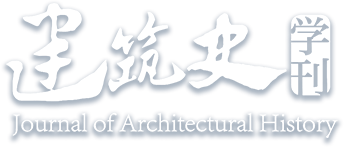Abstract:
In 1531 (the tenth year of his reign), emperor Jiajing launched the reconstruction of the Ancestral Temple in Beijing with the aim of transforming the ritual space from one hall with separated rooms to several separated halls. Jiajing, who headed the project, determined the main parameters for the design, while a team of ministers, in several rounds of presentation and discussion, refifined the design before the emperor fifinally approved it. An analysis of this decision-making process will not only help deepen our understanding about the Ancestral Temple but also discover the role of the architect in the building process in imperial China.


 下载:
下载: